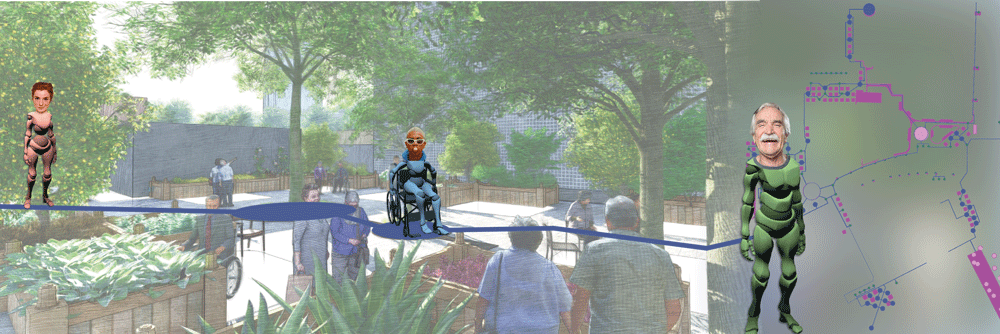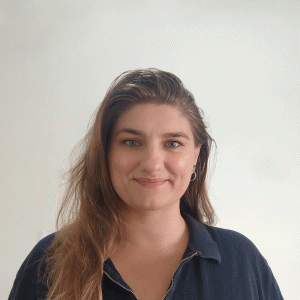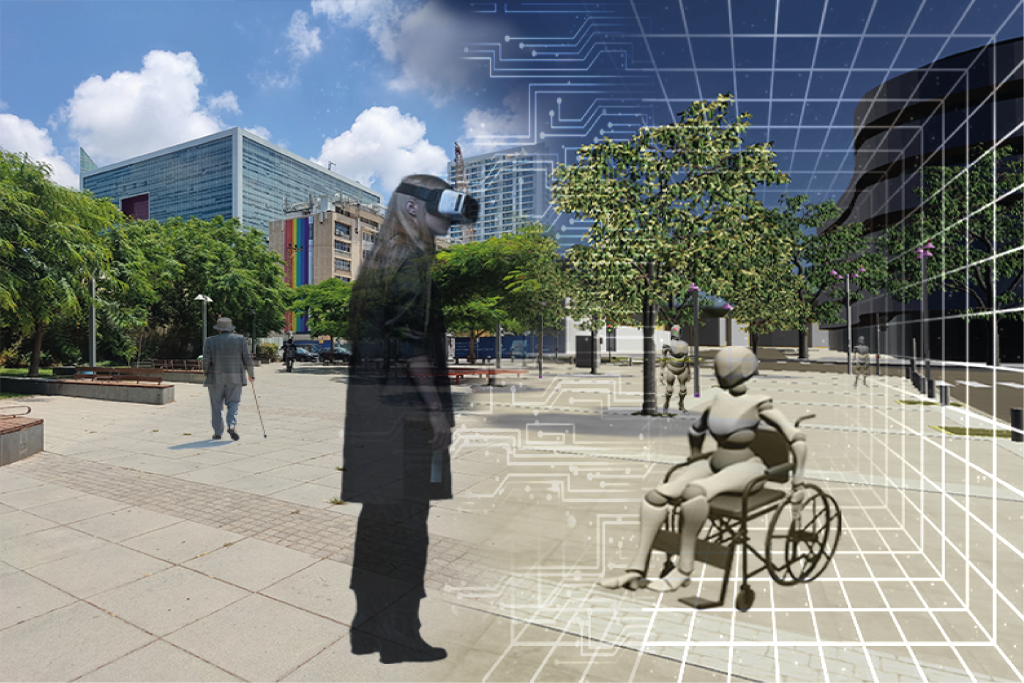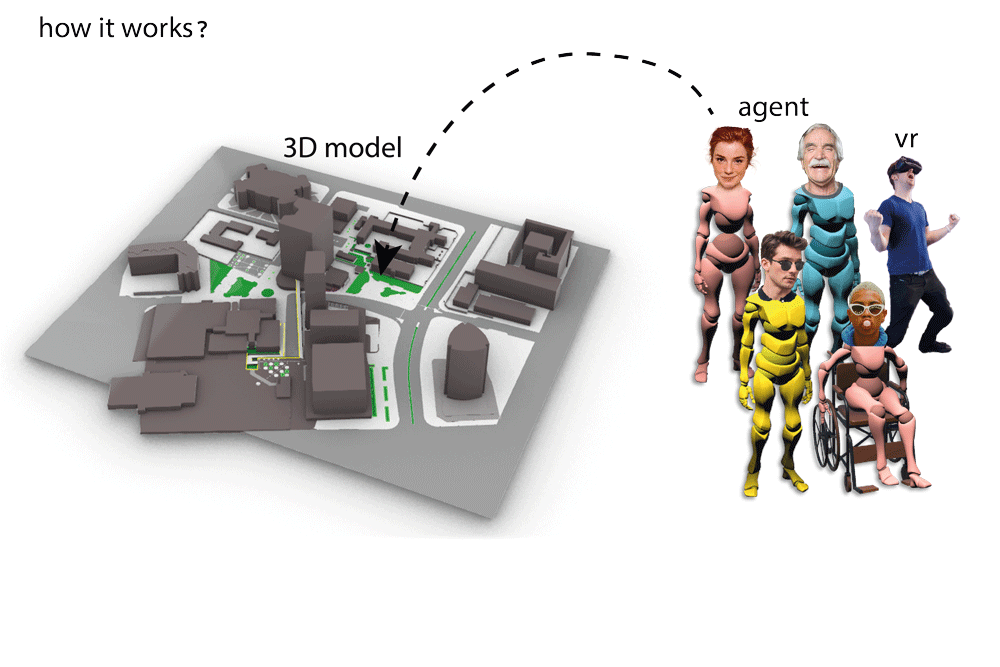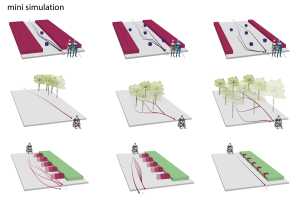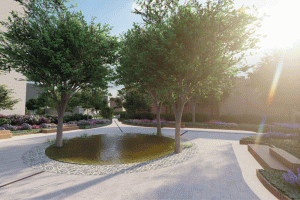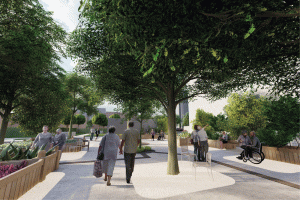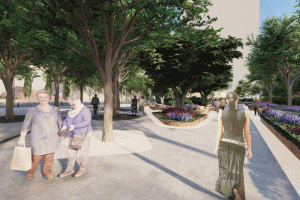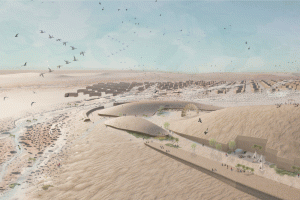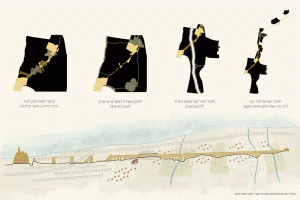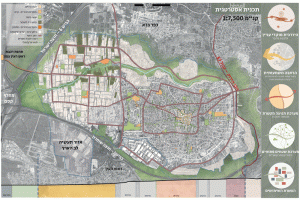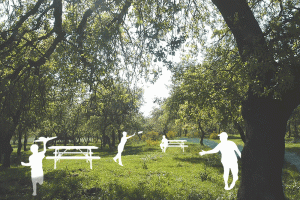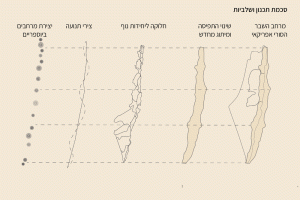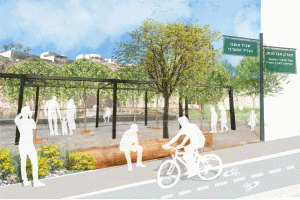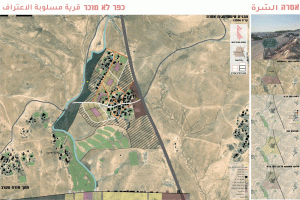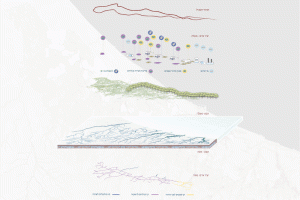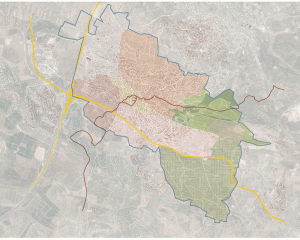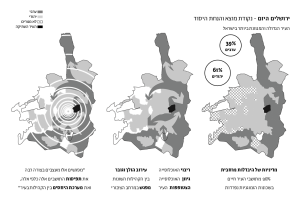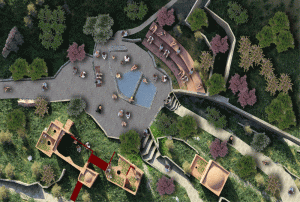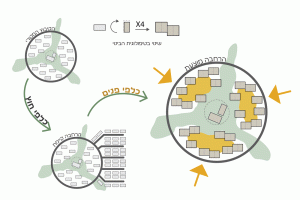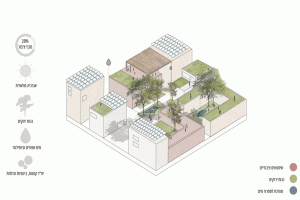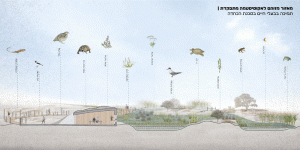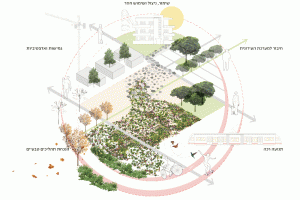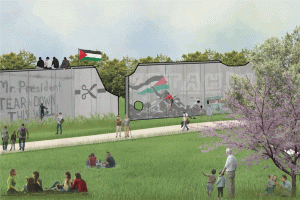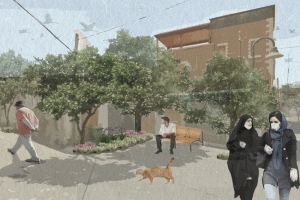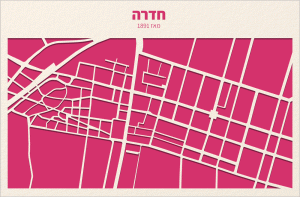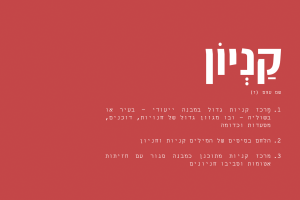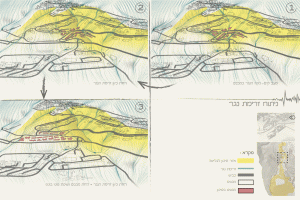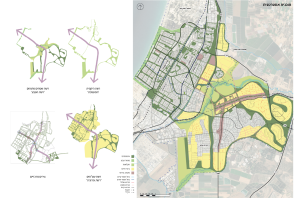etween Screen and Reality – Simulations as a Planning Aid
In the virtual era, particularly following the COVID-19 pandemic, various domains have transformed, altering how we operate. Planners and landscape architects have not been exempt from these changes. I believe there is currently an underutilization of available tools at the intersection of planning and the digital world. This realization prompted me to question how the new tools offered by the virtual realm can be better leveraged, specifically focusing on how pre-execution planning can be examined to meet the needs of target populations.
The project “Between Screen and Reality” integrates virtual reality (VR) technologies and intelligent virtual agents. These technologies, derived from software development and game design, are fused with knowledge from landscape architecture to create an innovative tool that examines planning effectiveness in a precise, engaging, and efficient manner. This tool enables planners to understand how individuals interact with physical spaces—identifying where they prefer to go, which points attract them, where they linger, and where they encounter difficulties, such as mobility limitations or visual impairments.
I chose to examine the application of this tool in the environment of “Parents’ House” in the new northern neighborhood of Tel Aviv. This setting includes various public buildings, with the Parents’ House located adjacent to a hospital. The majority of the population served by Parents’ House comprises individuals with various physical disabilities. The ultimate goal of the project is to demonstrate that utilizing this tool can facilitate the creation of a more accommodating environment for this target population.


